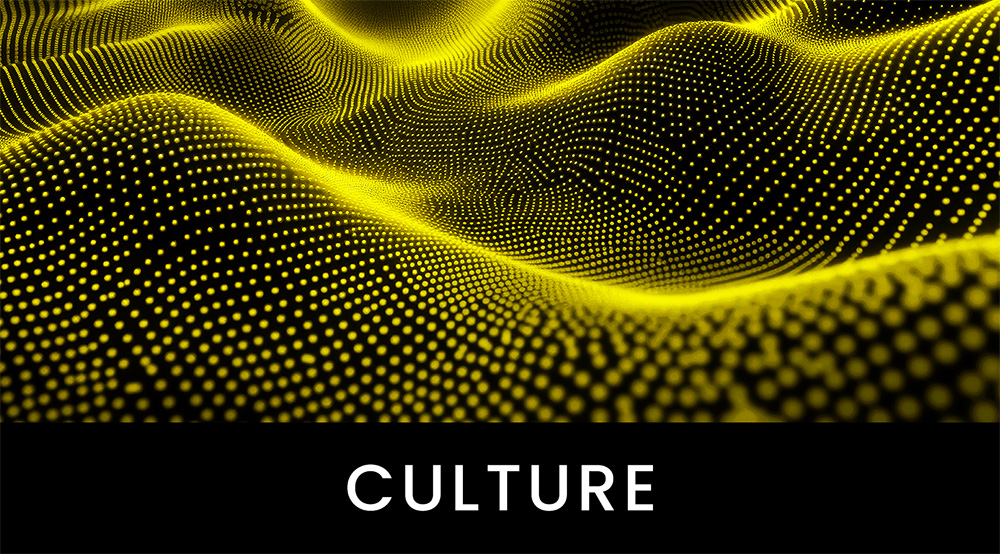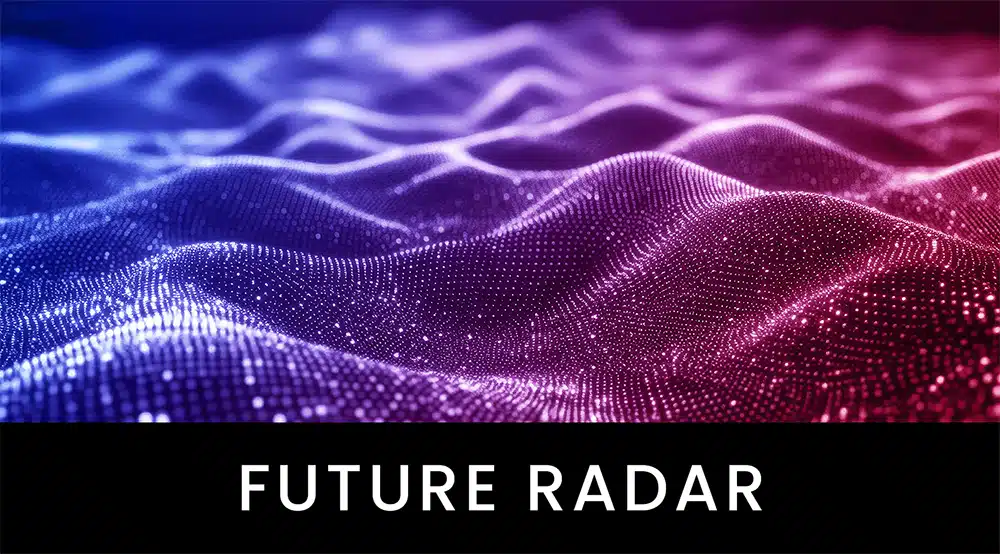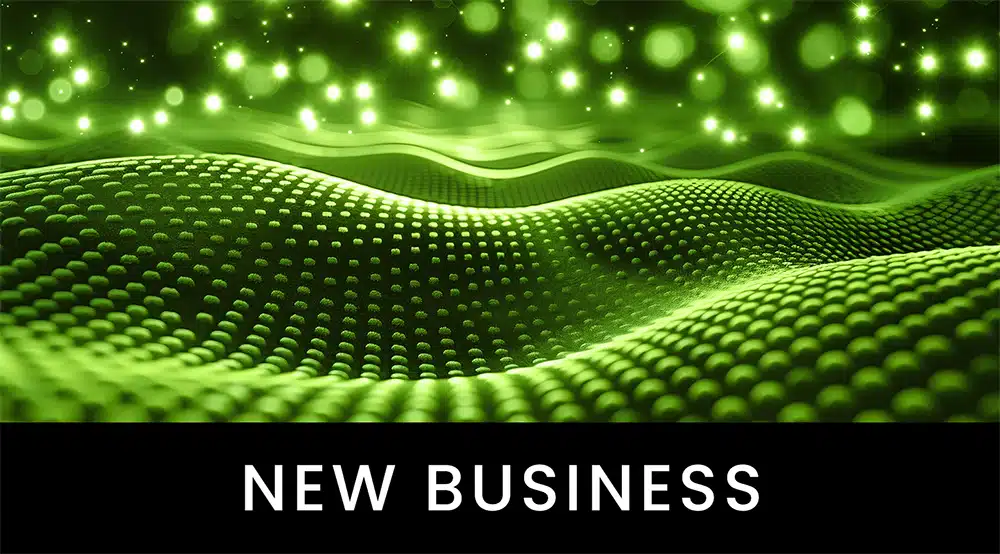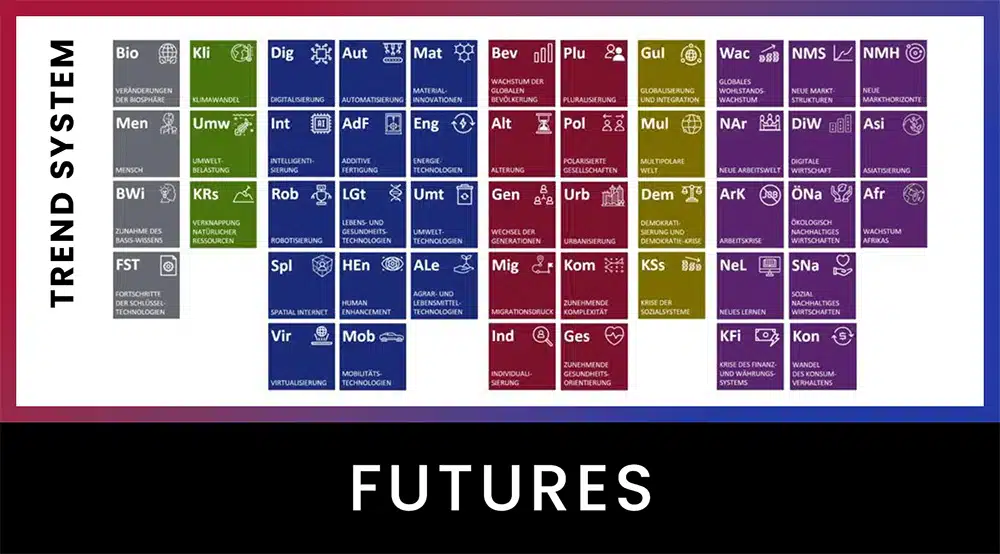The difference between forecast and vision
Dr. Pero Mićić
Angela Merkel’s 1 million electric cars on Germany’s roads by 2020. Helmut Kohl’s blossoming landscapes in the new federal states.
Well, somehow neither of these things quite happened. But did they really mean it as predictions? And people rightly make fun of it? Or were they visions of the two? Which have not yet been reached. Most cannot accurately distinguish forecast from vision. In doing so, it is extremely important for your future thinking to work with precise terms. What exactly is the difference between forecast and vision?
There are futurologists who say: “We are not making visions and such phantasties here, we are making solid scientific forecasts”. Others say “We don’t make naïve forecasts because you can’t predict the future anyway, but we make thoughtful visions of a desirable future.”
Overview: Differences between forecast and vision
Two different types of future
Forecast: probable future
Let’s clear our minds. Forecast and vision are simply two different kinds of future, two different futures glasses. I am linking you to the five future glasses here.
Anyone who makes a forecast wants to describe a probable future. A forecast says what will probably be in the future! The thinking question is: What WILL it be like? The quality of the forecast is to be measured by how accurately the forecast occurred. By the way, this is not about short-term forecasts of the weather, election results or next year’s sales figures. We are talking about long-term forecasts over several years.
Vision: Desired future
The person who develops a vision wants to use it to describe a future that is desirable from his or her point of view and to which he or she aspires. A vision states what future a person, a couple, a family, a team WANTS to have. The thinking question is: What SHOULD it be like?
The quality of the vision is measured by whether it has had a focusing and motivating effect in the here and now and whether it has been realized. It is the nature of a vision that it should be challenging and not easy to achieve. Example: By 2030, we want to have made our production one hundred percent emissions-neutral. It is worse when a prediction has not materialized than when a vision has not been realized.
Difference between forecast and vision using a concrete example
Example: In 2020, one million electric cars will be on Germany’s roads. Exactly, the statement attributed to Angela Merkel. Or: In ten years, the new federal states will be flourishing landscapes. This is how Helmut Kohl is supposed to have said it.
But neither of them said so. Angela Merkel literally said in 2013 at the IAA: “We want to put one million electric cars on Germany’s roads by 2020.” “We want to bring”. So that wasn’t a forecast, but a vision.
What was it like for Helmut Kohl? He also did not say what most understood. In 1990, he said: “Through a joint effort, we will soon succeed in transforming Mecklenburg-Western Pomerania and Saxony-Anhalt, Brandenburg, Saxony and Thuringia back into flourishing landscapes that are worth living and working in.”
He did say “will”, but in the context of “we will succeed in transforming”. Kohl’s statement was also not a forecast, but rather a vision.
There is another important difference between forecast and vision
A forecast is the rational statement of an observer who is as objective as possible. He or she is looking at the world out there over which they have no control. Why am I emphasizing this? Because if the forecaster himself has influence and interest in the outcome, it may sound like a forecast, but it is mixed with vision and goals of the forecaster and thus already subjective. Moreover, someone who is factually involved in something is also always emotionally involved. Such forecasts are quasi “clouded” by emotionality and subjectivity. They are then not forecasts, but visions or goals.
A vision is the subjective statement of a designer. While also rational, a good part of it is emotional. Emotional, because a vision expresses what a person, a couple, a team, a group wants to realize. What you want to achieve with your own influences and activities.
Angela Merkel and Helmut Kohl both had an influence on the outcome of their statement. Politics is a major factor in mobility and economic development, often far too big a factor, by the way. And as chancellors, Merkel and Kohl set the policy guidelines. This is another reason why their statements were not forecasts, but visions.
How do you actually benefit from the fact that and how forecasts and visions differ? First of all, you can think, communicate and decide more precisely. That is always good.
Forecast
Let’s take a closer look at the forecasts.
Almost anyone can make very rough predictions. Cars will drive autonomously, 3D printing will change production and trade, the 21st century will be Asian. Okay, “cars will drive autonomously”, when exactly, where exactly, how exactly? And how exactly and how much will 3D printing change production? It’s easy to be right here. Firstly, because these forecasts are not precise. And secondly, because it is not clear when the forecast will come true.
Let’s say you run a supplier company for the automotive industry and you have to decide which products to develop and which machines to buy. That sets you up for years. For this decision, autonomous vehicles are a huge factor because – when they come – they will drastically reduce the number of cars sold. How much does the prediction “cars will drive autonomously” help you then? Exactly. Anyone can make rough forecasts and they are of little use.
To emphasize a self-evident fact: You cannot precisely predict the future of a complex system. Therefore, you should treat forecasts with the utmost caution. Therefore, it is wise and right not to make accurate predictions. Because you’re practically always wrong. Among futurologists, there are those who boast about the accuracy of their forecasts. This is naive at best. Or worse, dishonest.
But how to make decisions and plan then? For this, as a strategist and decision-maker, you need your own well-founded assumptions about the future. Forecasts by futurologists are only useful raw material for your own assumptions about the future. Nothing more. I’ll do another post soon on the difference between forecasts and assumptions about the future.
Vision
What are you developing a vision for? A good vision sets a credible claim. It makes you more confident and motivated. An effective vision can focus your attention. And thus also focus your activities and make them more effective. Of course, for your vision to be useful and effective, it must be meaningful and credibly achievable. Otherwise your people will give you the bird.
For you as a future strategist and leader, the decisive benefit is this: You cannot lead without a vision. You need to have an idea of the future picture you want to lead your company and your team to. Where are you leading your team?
So, when you hear, read or make statements about the future, you now know more precisely what a forecast is, namely a probable future, and what a vision is, namely a desired future.
What has remained open for you? Or do you know of any good examples of the difference between forecast and vision? Email me: PM@futuremanagementgroup.com
Placeholder
Please also follow these links:
► Free video crash course THE FUTURE OF YOUR BUSINESS
► BUSINESS WARGAMING for robust business and future opportunities
► LECTURES AND KEYNOTES by Pero Mićić for your employees and customers
Placeholder
I wish you a bright future!
Have a bright future!
Placeholder






























